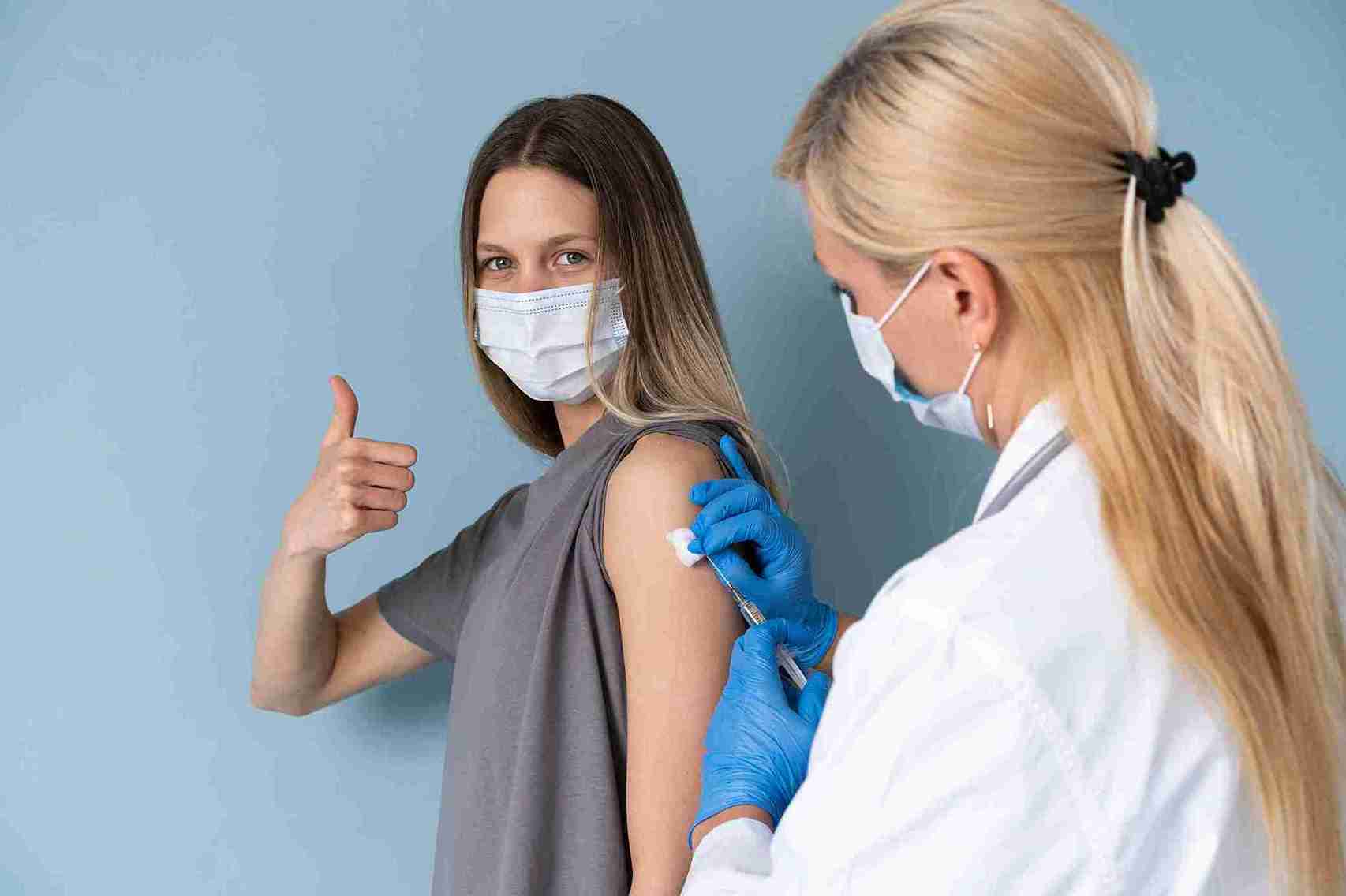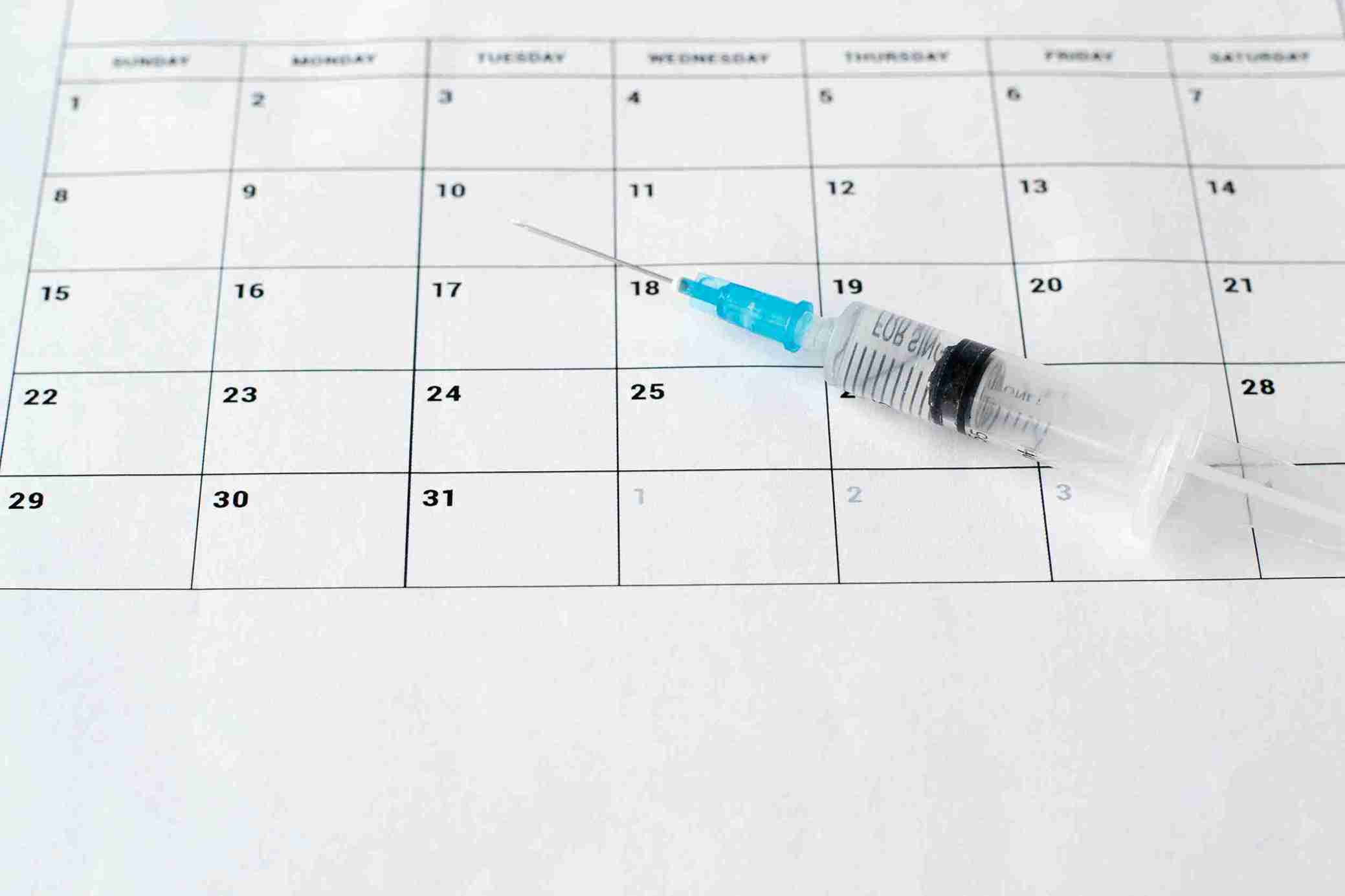
Cervical cancer is a serious and often deadly disease that affects many women worldwide. Cervical cancer is a serious disease that often develops silently, showing no symptoms until it reaches an advanced stage. One of the leading causes is the human papillomavirus (HPV). Fortunately, we now have a powerful tool for cervical cancer prevention — the HPV vaccine. By protecting the body against high-risk strains of HPV, this vaccine significantly reduces the risk of developing cervical cancer.
This article explains how the vaccine helps and why it plays a key role in preventing this life-threatening illness. Understanding HPV, the HPV vaccine, and cervical cancer can help individuals make informed healthcare decisions.

Cervical cancer is a type of cancer that begins in the cervix — the lower part of the uterus that connects to the vagina. It involves the abnormal growth of cells in this area. A majority of cervical cancer cases can be attributed to HPV infections.
HPV (human papillomavirus) is one of the most common sexually transmitted infections, with over 100 known strains. Of these, numerous "high-risk" strains, such as types 16 and 18, have been known to trigger a condition called cervical dysplasia, which refers to abnormal changes in the cervical cells. These changes usually happen over time and, if left untreated, could result in the creation of dangerous cancerous cells in the cervix.
Sadly, cervical cancer is often a silent killer. In many cases, symptoms only become noticeable when the cancer has progressed significantly and begun to spread. However, there are a few warning signs to watch out for:
● Unusual vaginal discharge – may be watery, bloody, or both, and sometimes has a foul odour.
● Pain during or after intercourse (dyspareunia).
● Abnormal vaginal bleeding – between periods, after sex, or after menopause.
● Persistent pelvic or lower abdominal pain.
● Unexplained back pain or swelling in the legs.
● Pain or discomfort while urinating.
● Blood in the urine (haematuria).
● Ongoing fatigue and a general sense of being unwell.
● Loss of appetite and unintentional weight loss.
Consult a doctor immediately if you experience these symptoms, as early diagnosis can significantly affect treatment outcomes and improve recovery. In most cases, a Pap smear test is the first step — it helps detect any abnormal changes in the cervical cells that may indicate cancer. If the Pap smear results are abnormal, an HPV test may follow to check for the presence of high-risk strains of the human papillomavirus.

The human papillomavirus (HPV) is a sexually transmitted disease. The HPV vaccine is a safe and effective way to protect oneself from certain types of HPV before exposure. While many HPV infections go away on their own, some can lead to serious health problems like cervical cancer, other genital cancers, or genital warts. One of the main benefits of HPV vaccination is that it helps guard against both high-risk HPV strains that may cause cancer and low-risk strains that can lead to warts. It's important to know that the vaccine doesn't treat existing infections. It only helps prevent future ones. That's why getting vaccinated early — before any potential exposure — is so important.
Now, let's look at how the HPV vaccine works.
The HPV vaccine contains tiny proteins that closely resemble those found on the surface of the actual human papillomavirus. These proteins stimulate the immune system to produce a protective response without causing infection, as the vaccine contains no viral genetic material. This helps the body recognise and fight off HPV if exposed in the future. The HPV vaccine generally offers protection for up to 10 years and possibly longer. By getting vaccinated, the immune system learns to quickly produce antibodies, enabling it to clear the virus before it can cause harm.
There are around six different types of HPV vaccines, and each protects against specific strains of HPV.
The most commonly used types are:
This HPV vaccine protects both girls and boys against nine different strains of HPV:
The quadrivalent HPV vaccine targets four strains of HPV:
The bivalent HPV vaccine targets two high-risk strains of HPV:
● HPV-16
● HPV-18

The HPV vaccine is most effective when given at the recommended age and schedule. For girls aged 9 to 14, two doses spaced six months apart are usually sufficient. Individuals aged 15 and above and those with weakened immune systems are advised to receive three doses. The exact schedule may vary slightly depending on the vaccine brand. The HPV9 vaccine is approved for use in a three-dose schedule for females up to 26 years and males up to 15 years. Starting the vaccine early — ideally around 9 or 10 years of age — offers the best protection against future HPV-related health problems.
Though the HPV vaccine offers strong protection against HPV, it must be avoided by those who:
● Are already pregnant
● Have experienced allergic reactions during a prior shot of the vaccine.
● Are allergic to yeast or any other ingredients of the HPV vaccine.
● Have been moderately or seriously ill for the past few weeks.
The HPV vaccine is one of the safest vaccines available. However, like other vaccines, people may experience mild adverse reactions after getting the shots. These include:
● Swelling, pain, itching or redness at the spot where the injection was made
● Pain in muscles and joints
● Light-headedness
● Nausea
● Mild fever

The HPV vaccine is one of the most effective and simplest ways to combat the life-threatening disease of cervical cancer. Be sure to discuss this vaccine with your healthcare provider if you still have any doubts.

The HPV vaccine is a vaccine that provides immunity against the human papillomavirus, one of the leading causes of cervical cancer.

No, the HPV vaccine cannot treat an existing HPV infection. Its main objective is to safeguard against future infections.

HPV is an infection that affects both men and women. In males, the HPV vaccine helps protect against HPV-related cancers, including penile cancer.

The number of doses depends on the vaccine recipient's age and the condition of their immune system. Individuals under 15 years usually need only two doses, while older people or those with weak immunity require three.